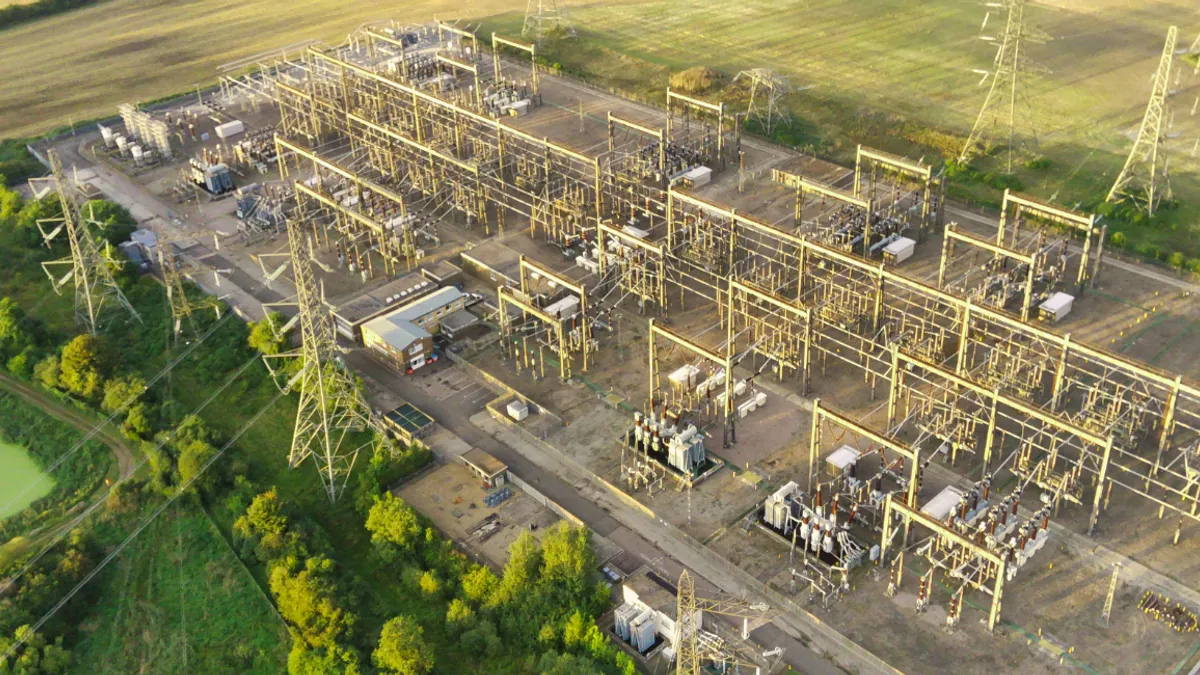Dynamic pricing has been a staple of organized wholesale electricity markets in the US for years. By setting prices that reflect the time- and location-variable nature of supply and demand, wholesale electricity markets give users critical information with which to determine when, where, and how much electricity to consume. However, that pricing design rarely extends to the electric T&D grid, especially the distribution network.
Utilities and third-party solution providers can utilize dynamic wholesale market price signals to optimize distributed energy resources (DERs) in order to provide load shaping/shifting benefits at the transmission level, however many utilities’ distribution networking pricing structures lack such dynamic information to optimize DERs and provide distribution benefits. For DERs to provide distribution-level benefits in the form of a non-wires solution or to be able to implement dynamic operating envelopes of DERs, utilities should consider refining their distribution network pricing regimes to reflect the differences in the cost of their networks across time and location — ultimately reducing costs for customers.
Dynamic network pricing: What it is and why it matters
Electric utilities must ensure that the distribution network has adequate capacity (poles, wires, transformers, etc.) to serve customer demand daily, hourly, and in every location. To do so, they predict the timing and size of peak demand on their networks and assess whether there is enough existing network capacity to serve that demand. If not, the utility must build more network capacity (e.g. a bigger transformer) or implement strategies to shift or reduce peak demand. Customers pay for this through distribution charges on their bill.
Peak demand will vary — potentially significantly — across different times and locations on the distribution network; For example, say there are two adjacent distribution feeders that each serve 50 homes. On the first feeder, half of the homes own EVs and charge them between 8-12 PM. On the second feeder, only a handful of homes have EVs. Though located next to each other, the feeders will experience different size (MW) and timing of peak demand. One may require near-term upgrades, the other may not. Those variable demand conditions cause the cost of the distribution network to vary across location and time.
And yet, few US utilities price their distribution network service to reflect that cost variability. In fact, most US utilities charge customers uniform (within the same rate class) flat rates, where prices only change once every few years.
With flat prices, customers don’t have a pricing signal with which to make efficient consumption decisions. Dynamic pricing for energy generation and supply has enabled customers to intelligently shift their demand in ways that reduce the total cost of energy generation. With dynamic network pricing, utilities can unlock similar cost-savings for the distribution grid.
Implementing dynamic network pricing: Basic informational needs
To move from flat to time- and/or location-variable distribution pricing, utilities will require new types of information and implementation tools.
To start, utilities will need to collect more granular operational and cost information,[1] so they can start to design pricing that reflects real cost differences. To implement dynamic pricing, utilities will require more advanced tools for meter-to-cash activity, including pricing analytics tools and configurable billing systems.
Implementing dynamic distribution pricing: An example from the UK
We can learn a lot from how this works in the UK, where the distribution utilities (DNOs, Distribution Network Operators) charge customers time-varying distribution rates. The rates feature three daily pricing periods: on-peak, shoulder and off-peak. Each DNO sets their own timing parameters for the pricing periods based on their unique distribution network conditions.
Within each pricing period, the DNO charges a different volumetric rate. The cost differential between periods can be significant. For example, the South Wales DNO’s on-peak rate for residential customers is 19.26 p/kWh (25 cents/kWh), while the off-peak rate is only 0.27 p/kWh (0.35 cents/kWh).
To implement time-varying distribution rates, the entities tasked with customer billing (which, in the UK are retail suppliers, not the DNOs themselves) must measure a customer’s hourly consumption and map it to the appropriate pricing period. Retailers rely on AMI meters to do so.
The UK DNO rate design demonstrates a straightforward approach to variable distribution pricing. A DNO’s prices vary solely by time, not location. Although a DNO’s network costs may differ from one substation to another based on geographical differences in customer demand, those differences aren’t reflected in the pricing regime. As a result, this pricing structure does not fully enable customers and/or DERs to time and locate their activity in a way that reduces specific distribution constraints. Dynamic distribution network pricing that reflects cost differences along precise time (e.g. hourly) and location (e.g. substation-level) variables would enable non-wires solutions and allow demand-side solutions to deliver their full value potential to the distribution grid.
Stay tuned for Part 2, where we’ll dive into how this solution is deployed and ways to scale its application.
[1] Operational information consists of data on when, where and how much customers are using the distribution network and when, where and how much network capacity is available. Utilities can gather this operational information by measuring (sub)hourly consumption at the end customer (e.g. using advanced metering infrastructure, AMIAMI) or by monitoring conditions upstream (e.g. on individual lines or at substations), among other things. Cost information consists of data on the cost of the existing distribution network and the cost of new supplies of network capacity (e.g. the price of a new transformer). Together, this information forms the primary inputs into a utility’s distribution network price.










